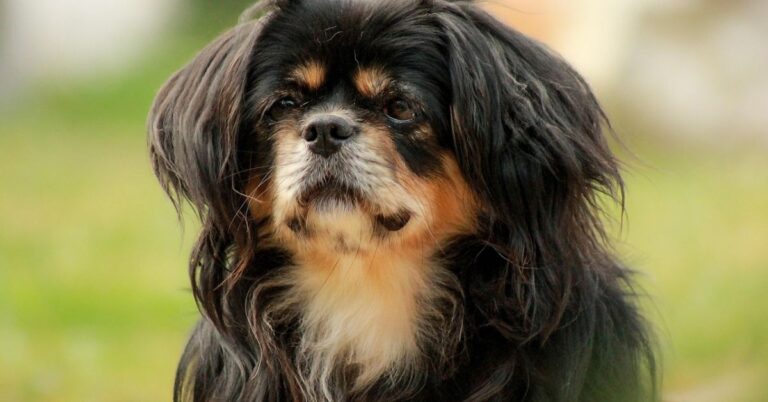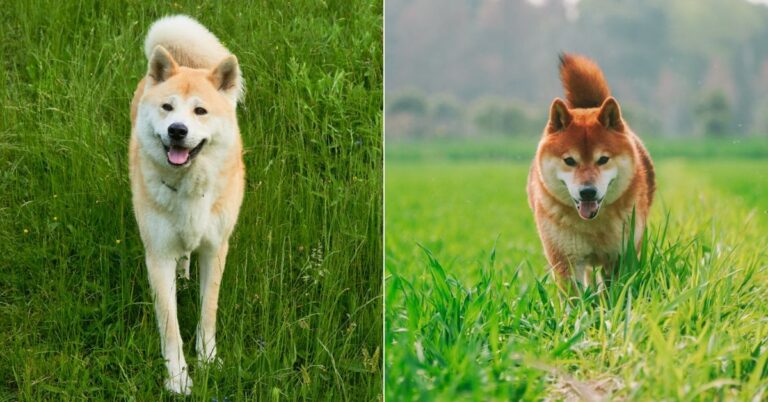What Makes A Jack Russell Different From A Parson Russell? Let’s Find Out

They might look like twins in a photo, but these two terriers have plenty of differences once you zoom in. One’s taller, the other scrappier. One takes off running. The other goes straight underground. If you’ve ever mixed them up, you’re not alone. This breakdown clears up what sets Jack Russell and Parson Russell apart.
Size And Proportion
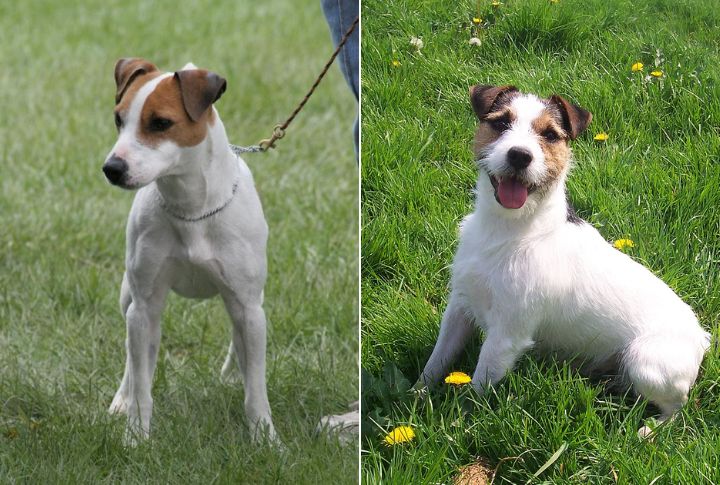
Take a closer look at their legs. They tell a different story. Parsons are noticeably taller, typically standing 12 to 15 inches at the shoulder. On the other hand, Jack Russells are shorter and more compact, generally ranging from 10 to 12 inches tall.
Breed Standards And Clubs
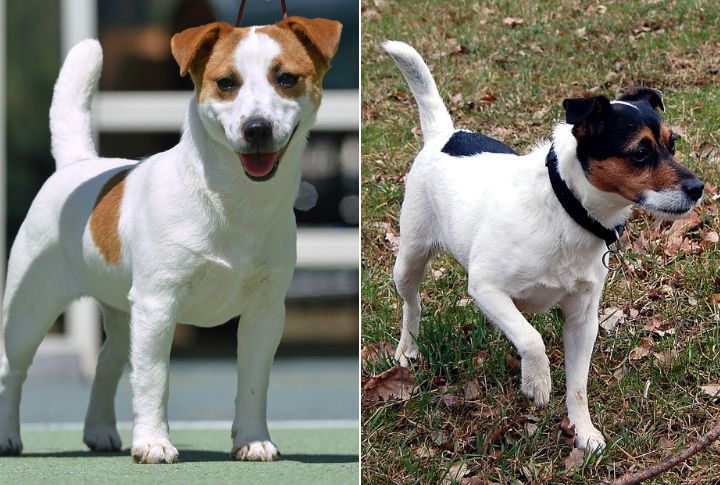
Not all terriers walk the same runway. The Parson Russell Terrier has a recognized breed standard by the American Kennel Club, complete with size and appearance guidelines. Jack Russells follow a different registry—the Jack Russell Terrier Club of America—which prioritizes working ability over uniform looks.
Skull And Face Shape
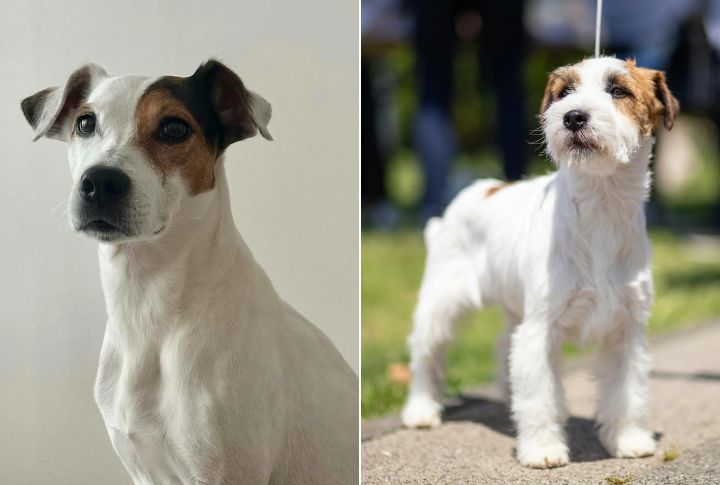
Their head reveals another distinction. Parsons typically have a more squared-off, balanced skull with a longer muzzle. Jack Russells tend toward a flatter head shape and slightly shorter snout. It’s subtle, but it shapes how each one appears in photos and during play.
Jumping And Agility Skills

If you’ve seen one leap a fence like it’s nothing, it was likely a Jack Russell. They’re famously spring-loaded, often able to jump five times their height. While Parsons are agile too, they’re more measured, focusing on ground speed rather than vertical theatrics.
Historical Use In The Field
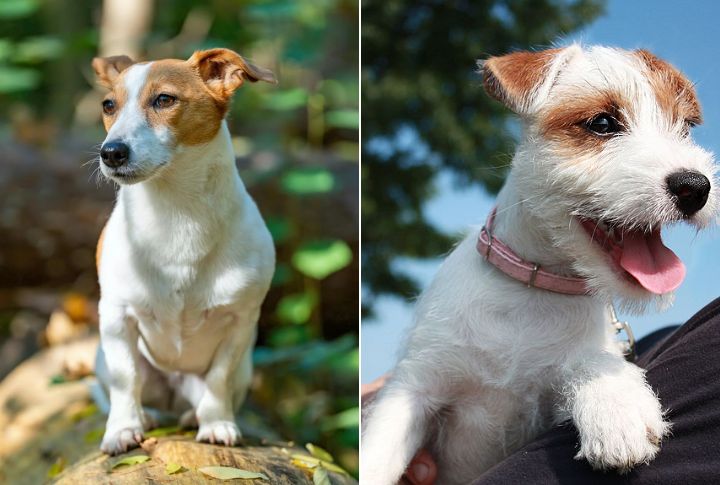
Originally, both breeds worked with hunters, though their assignments varied. Parsons dashed after foxes in open fields, built for speed and long strides. Jack Russells, smaller and scrappier, dove straight into dens to flush out the game. Each had a job and owned it.
Tail Position And Carriage
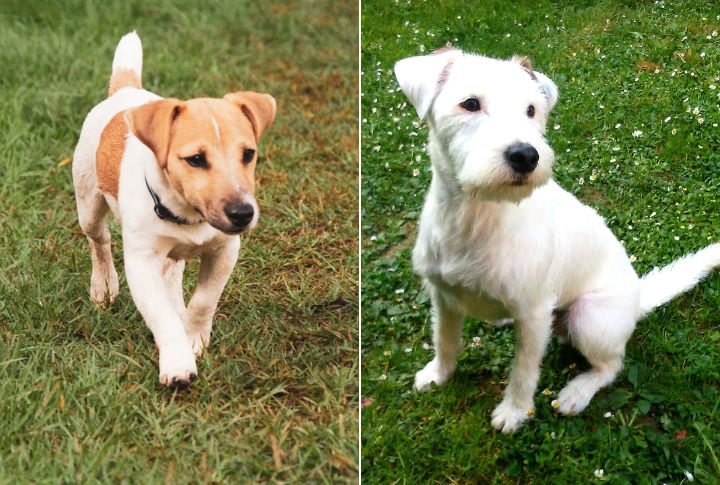
Back in the day, both breeds had docked tails to prevent injuries in the field. Now, many carry tails naturally. Jack Russells tend to hold theirs high and alert, whereas Parsons keep them a bit straighter—small details that make each uniquely charming.
Temperament In Social Settings
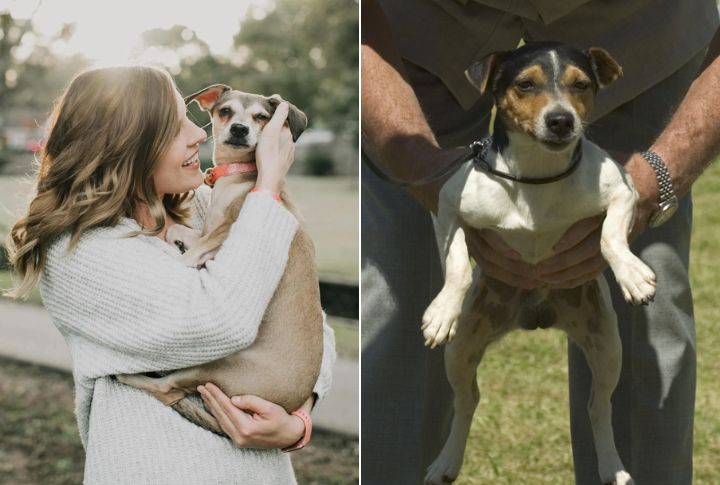
Parsons jump into social scenes like they’ve known everyone forever. Tail wagging, ready to mingle! Jack Russells? Not so fast. They scan the room, pick favorites, and bring out their playful side only when deciding someone’s worth the energy.
Breed Popularity And Media Presence
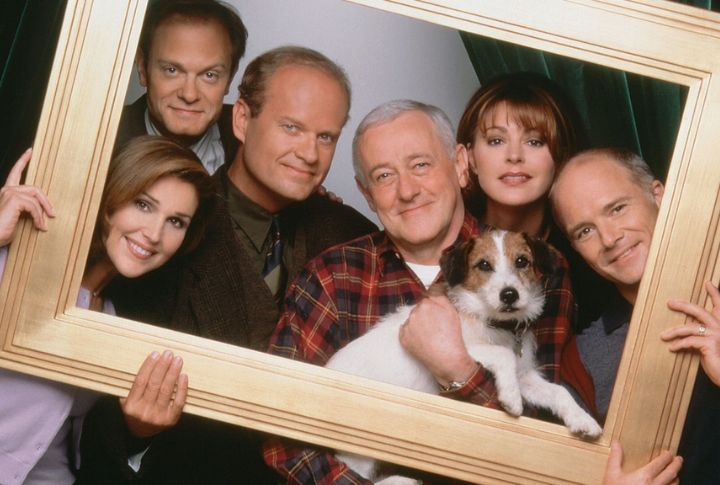
Remember Eddie from Frasier or Milo from The Mask? Those famous dogs were Jack Russells. Their small size and explosive charm made them media darlings. Parsons are less common on screen, often mistaken for shorter cousins, though equally deserving of the spotlight.
Vocal Habits
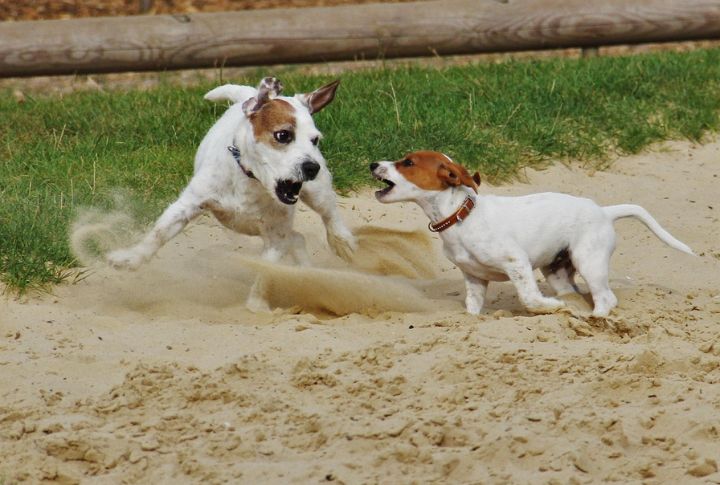
If a dog has a lot to say, chances are it’s a Jack. These little chatterboxes are more likely to bark at movement, unfamiliar sounds, or just for fun. Well, Parsons can also be vocal, though they save commentary for true alerts or big excitement.
Grooming Needs And Shedding
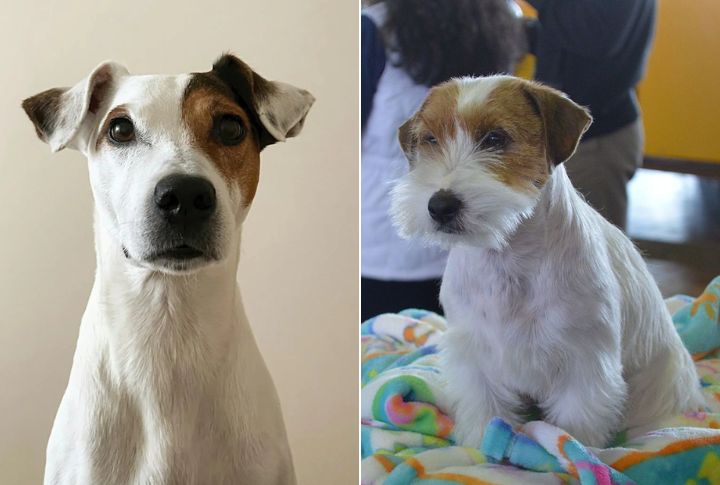
Jack Russells with rough or broken coats need regular brushing to prevent matting, but Parsons with smoother fur shed more consistently throughout the year. Knowing which coat type matches a lifestyle makes a big difference for those hoping for less fur on the furniture.

